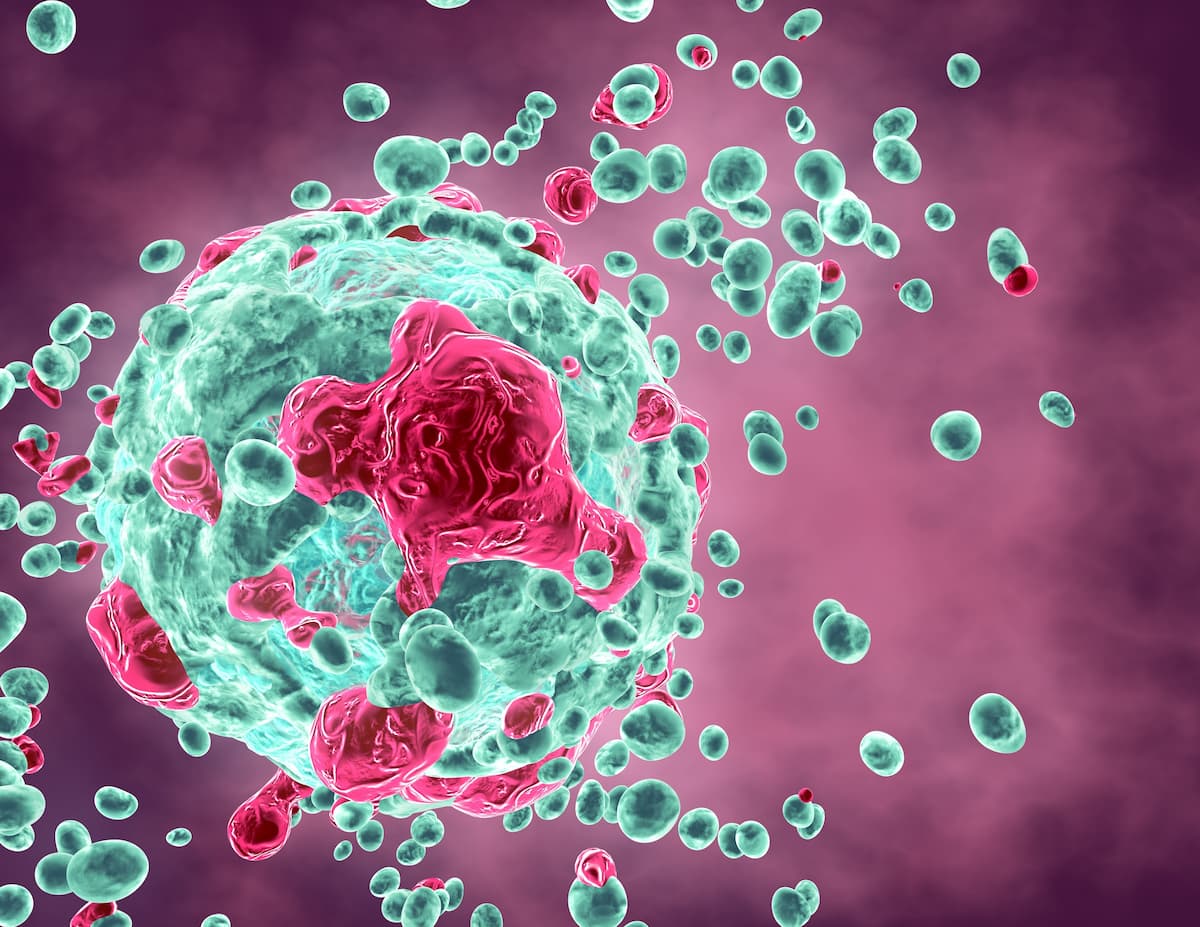RP1/Nivolumab Yields Responses in Previously Treated Melanoma
Data show responses lasting for more than 6 months among patients with melanoma who responded to treatment with RP1 plus nivolumab.
Developers intend to submit data from the melanoma cohort of the phase 1/2 IGNYTE trial (NCT03767348) for presentation at a future medical meeting. Additionally, a biologics license application (BLA) for this treatment combination is planned for submission to the FDA in the second half of 2024.

Combining the investigational agent RP1 with nivolumab (Opdivo) yielded enduring responses in approximately one third of patients with melanoma who have progressed on prior anti–PD-1 therapy, according to a press release on the phase 1/2 IGNYTE trial (NCT03767348).1
The overall response rate (ORR) with the combination was 33.6% based on modified RECIST v1.1 guidelines and 32.9% per standard RECIST v1.1 criteria. All responses occurred for more than 6 months, and data showed a median duration of response (DOR) of more than 35 months.
Treatment-related adverse effects (TRAEs) associated with RP1 and nivolumab in this population were typically grade 1/2 and included fatigue, chills, pyrexia, nausea, diarrhea, vomiting, headache, pruritus, asthenia, and myalgia. Grade 4 toxicities included 1 instance each of lipase increase, alanine aminotransferase increase, blood bilirubin increase, cytokine release syndrome, myocarditis, hepatic cytosis, and splenic rupture. No patients experienced grade 5 toxicities.
Developers intend to submit data from this melanoma cohort for presentation at a future medical meeting. Additionally, a biologics license application (BLA) for this treatment combination is planned for submission to the FDA in the second half of 2024.
“The overall strength of the IGNYTE data and safety profile further highlights the potential of RP1 in a difficult treatment setting with limited options for patients,” Sushil Patel, PhD, chief executive officer at Replimune, the developers of RP1, stated in the press release.1 “Based on these compelling results and recent FDA interactions, we are increasingly confident in our path forward. We have shared the results with the agency and plan to request a pre-[biologics license application] meeting, in advance of our intended BLA submission. With these data in hand, we are preparing for a commercial launch next year.”
These topline data build upon findings from the IGNYTE trial that investigators previously presented at the 2024 American Society of Clinical Oncology (ASCO) Annual Meeting.2
Among patients with prior exposure to anti–PD-1 or anti–CTLA-4 agents in the melanoma cohort (n = 74), the ORR was 27.0%, which included complete responses (CRs) in 6.8% and partial responses (PRs) in 20.3%. Regarding those with 1 degree of resistance to anti–PD-1 therapy (n = 105), the ORR was 34.3%, the CR rate was 17.1%, and the PR rate was 17.1%.
Data also showed that 70.4% of patients with a response had non-injected lesions. Additionally, lesions underwent responses with similar duration and kinetics regardless of whether they were injected; investigators believe the responses observed in non-injected lesions support the combination’s systemic benefit in this population.
Overall, the melanoma cohort of the trial included 140 patients who received RP1/nivolumab following confirmed progression after 8 or more weeks of anti–PD-1 therapy with or without anti–CTLA-4 treatment.
Patients 18 years and older with 1 or more measurable and injectable lesions and an ECOG performance status of 0 or 1 were eligible for enrollment on the trial.3 Other eligibility criteria included having a life expectancy of at least 3 months and measurable disease per RECIST v1.1 guidelines. For those with cutaneous melanoma that has progressed on prior anti–PD1 therapy, confirmed progressive disease and documented BRAF mutation status were requirements for enrollment.
The trial’s primary end points include AEs, serious AEs, dose-limiting toxicities, maximum-tolerated dose, recommended phase 2 dose, and ORR. Secondary end points include biologic activity, detectable RP1, CRs, DOR, progression-free survival, and overall survival.
References
- Replimune announces positive topline primary analysis data by independent central review from IGNYTE clinical trial of RP1 plus nivolumab in anti-PD1 failed melanoma. News release. Replimune Group, Inc. June 6, 2024. Accessed June 7, 2024. https://tinyurl.com/mr3jxyh5
- Wong MKK, Sacco JJ, Robert C, et al. Efficacy and safety of RP1 combined with nivolumab in patients with anti–PD-1–failed melanoma from the IGNYTE clinical trial. J Clin Oncol. 2024;42(suppl 16):9517. doi:10.1200/JCO.2024.42.16_suppl.9517
- Study of RP1 monotherapy and RP1 in combination with nivolumab (IGNYTE). ClinicalTrials.gov. Accessed June 7, 2024. https://tinyurl.com/yserd95k